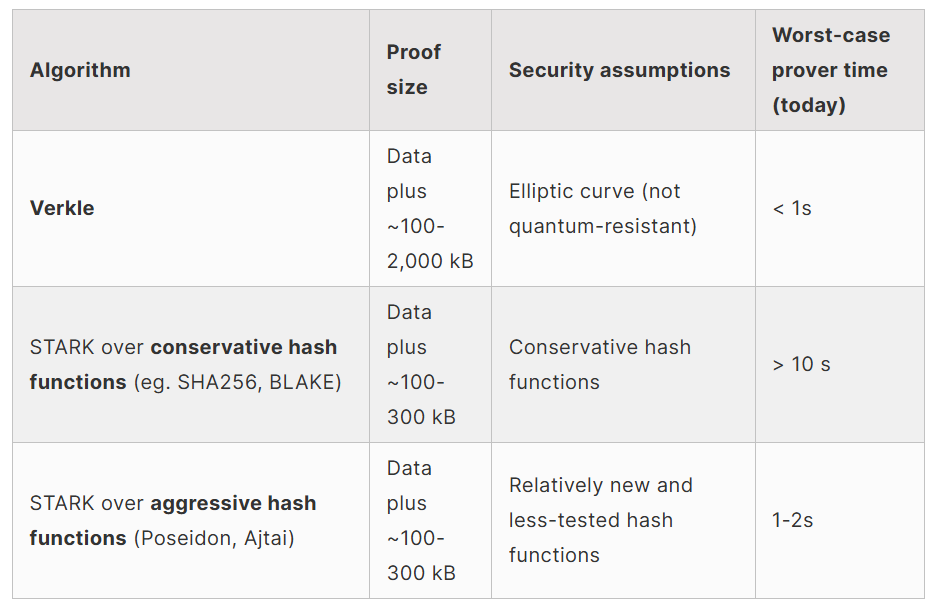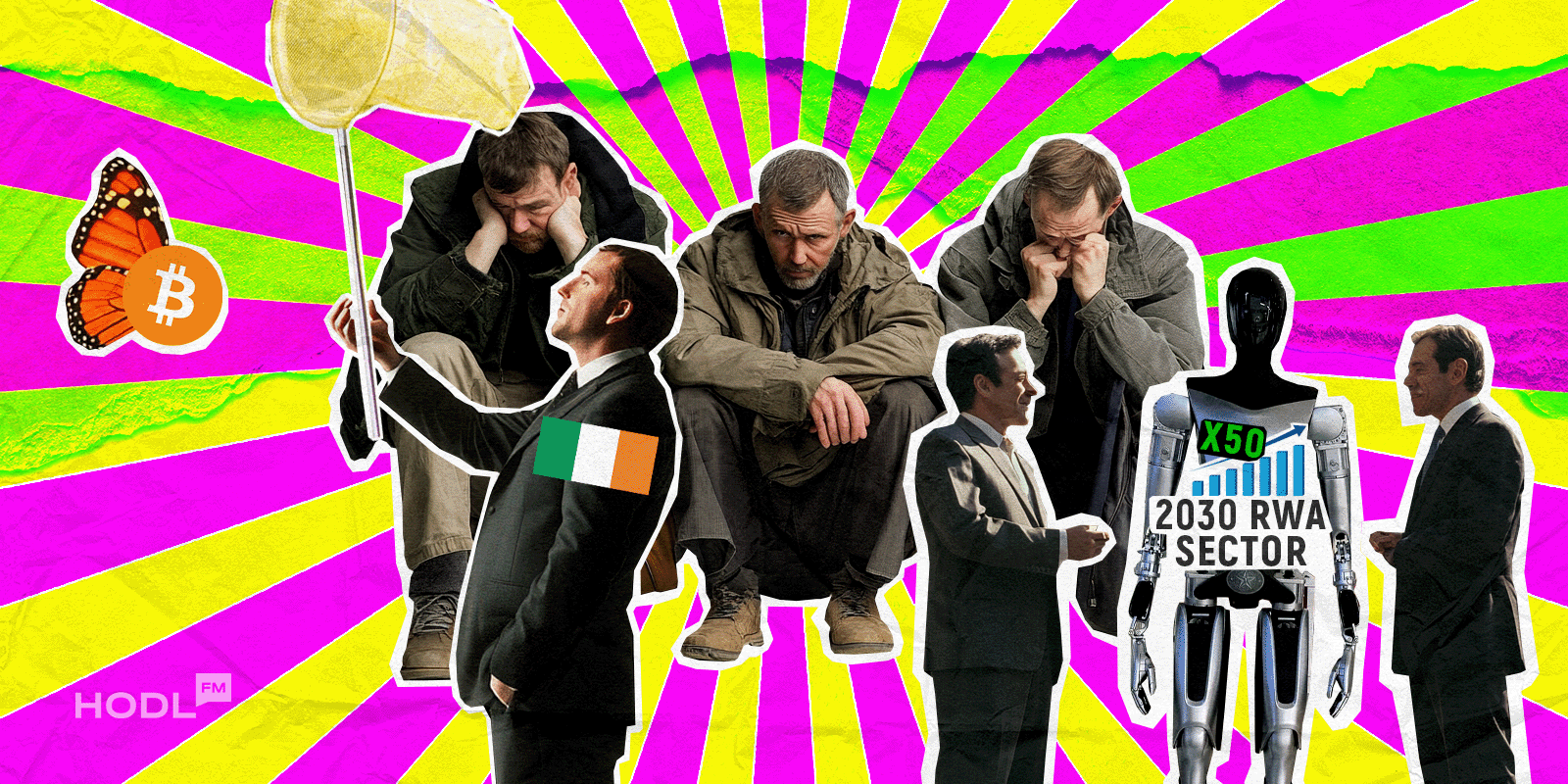Greetings to our dear readers. Hope your week has been free of any unnecessary shocks, and that you're comfortably settled in, ready to dive into the world of key events you might have missed. As usual, let’s kick things off with this week’s crypto winners and losers.
Top Gainers of the Week

- SAFE: Leading the weekly top gainers, Safe surged by 64.11%, reaching a price of $1.54. This token saw a trading volume of $280,674,063 over the past 24 hours.
- APE: ApeCoin followed closely with a 54.98% increase, trading at $1.13. The token had a 24-hour volume of $248,259,767.
- RAY: Raydium ranked third among the top gainers, with a 34.80% rise, pushing its price to $2.88 and generating a 24-hour volume of $119,911,079.
Top Losers of the Week

- AERO: Aerodrome Finance topped the list of losers this week, with a drop of 20.79% to a price of $1.09. It had a 24-hour trading volume of $25,790,617.
- OM: MANTRA followed with a 16.97% decline, bringing its price to $1.30. Its 24-hour volume was $24,899,207.
- MOG: Mog Coin closed the top three losers with a 9.58% decrease, reaching a price of $0.01875 and a 24-hour volume of $25,343,458.
Kraken Unveiled Ink, an Ethereum-based layer-2 blockchain
Kraken, the cryptocurrency exchange, is diving into the Layer 2 waters with its new network called Ink, built on Optimism's OP Stack technology. This is the same tech powering other well-known networks like Base and Unichain. Ink is set to join Optimism's Superchain, a collective of nearly 30 chains that will ensure seamless interoperability, tackling the pesky issue of fragmentation — where networks compete for users and liquidity on Ethereum.
Introducing Ink.
— ink (@inkonchain) October 24, 2024
A single, integrated DeFi ecosystem here to make onchain easier.
Join us: https://t.co/kKPhCeRLFf pic.twitter.com/tH4nqENKZ7
Ink aims to arm traders and investors with asset management tools and become a go-to platform for the next generation of DeFi applications. A test version is expected to roll out in November 2024, with the full mainnet launch slated for early 2025. One of Ink's standout features will be its one-second block time, enabling lightning-fast transactions—especially crucial for activities like trading perpetual futures and decentralized lending.
By teaming up with Optimism, Kraken is not just hopping onto other networks but also getting a piece of the revenue distribution pie and a say in managing the OP Stack. It’s a move reminiscent of Coinbase's recent launch of the Base network, which is also based on OP Stack technology and has already made waves in the Ethereum ecosystem.
With Ethereum “The Verge” Now Making Nodes as Easy as Pie
The Ethereum upgrade known as "The Verge" is set to radically lower the technical requirements for running nodes, making it possible to launch them on everyday devices like smartphones and smartwatches. Vitalik Buterin, Ethereum's co-founder, has emphasized that this change will enhance the network's security and accessibility, especially for individual stakers.
Possible futures of the Ethereum protocol, part 4: The Vergehttps://t.co/ij3wtBByeY
— vitalik.eth (@VitalikButerin) October 23, 2024
One of the key innovations will be state-free validation, allowing nodes to verify blocks without the need to store massive amounts of data — typically in the hundreds of gigabytes. This will significantly lower the entry barrier for users.
Among the technologies being discussed for implementation in this upgrade are Verkle trees, which promise to shrink the size of proofs for verification. However, there are concerns that this structure might be vulnerable to quantum computing, prompting consideration of alternatives like STARK, which offer better long-term security.

When it comes to gas fees, the upgrade also proposes changes aimed at improving network scalability by introducing the concept of "multidimensional gas." This will enable more efficient management of computational and resource costs.
Ultimately, "The Verge" upgrade is designed to simplify participation in the Ethereum network by reducing technical barriers and making staking accessible to a broader range of users.
Another Binance Executive Freed from Nigerian Detention
Tigran Gambaryan, the head of Binance's financial crime compliance department, has finally made his way home after eight long months in Nigerian custody. His arrest stemmed from allegations of tax evasion and money laundering, which have since been dropped like a bad habit. The Nigerian authorities accused him and fellow Binance executive Nadeem Anjarwalla of being involved in suspicious financial flows through the exchange's local branch.
Gambaryan was released after the tax evasion charges were lifted in June, followed by the final money laundering charges in October. Unfortunately, his health took a nosedive during his time behind bars, with bouts of malaria, pneumonia, and spine issues requiring surgical intervention. Footage of him struggling to make it to court sparked outrage among the public, including Binance CEO Richard Teng, who probably thought, “This is not what we had in mind for our compliance team!”
This inhumane treatment of Tigran must end. He must be allowed to go home for medical treatment and to be with his family. https://t.co/HsQNoyE0cS
— Richard Teng (@_RichardTeng) September 3, 2024
His family expressed gratitude to the U.S. government for their efforts in securing his release, calling the ordeal a “real nightmare.” This case has become one of the most glaring examples of the legal challenges facing cryptocurrency companies on the global stage.

Disclaimer: All materials on this site are for informational purposes only. None of the material should be interpreted as investment advice. Please note that despite the nature of much of the material created and hosted on this website, HODL FM is not a financial reference resource and the opinions of authors and other contributors are their own and should not be taken as financial advice. If you require advice of this sort, HODL FM strongly recommends contacting a qualified industry professional.





